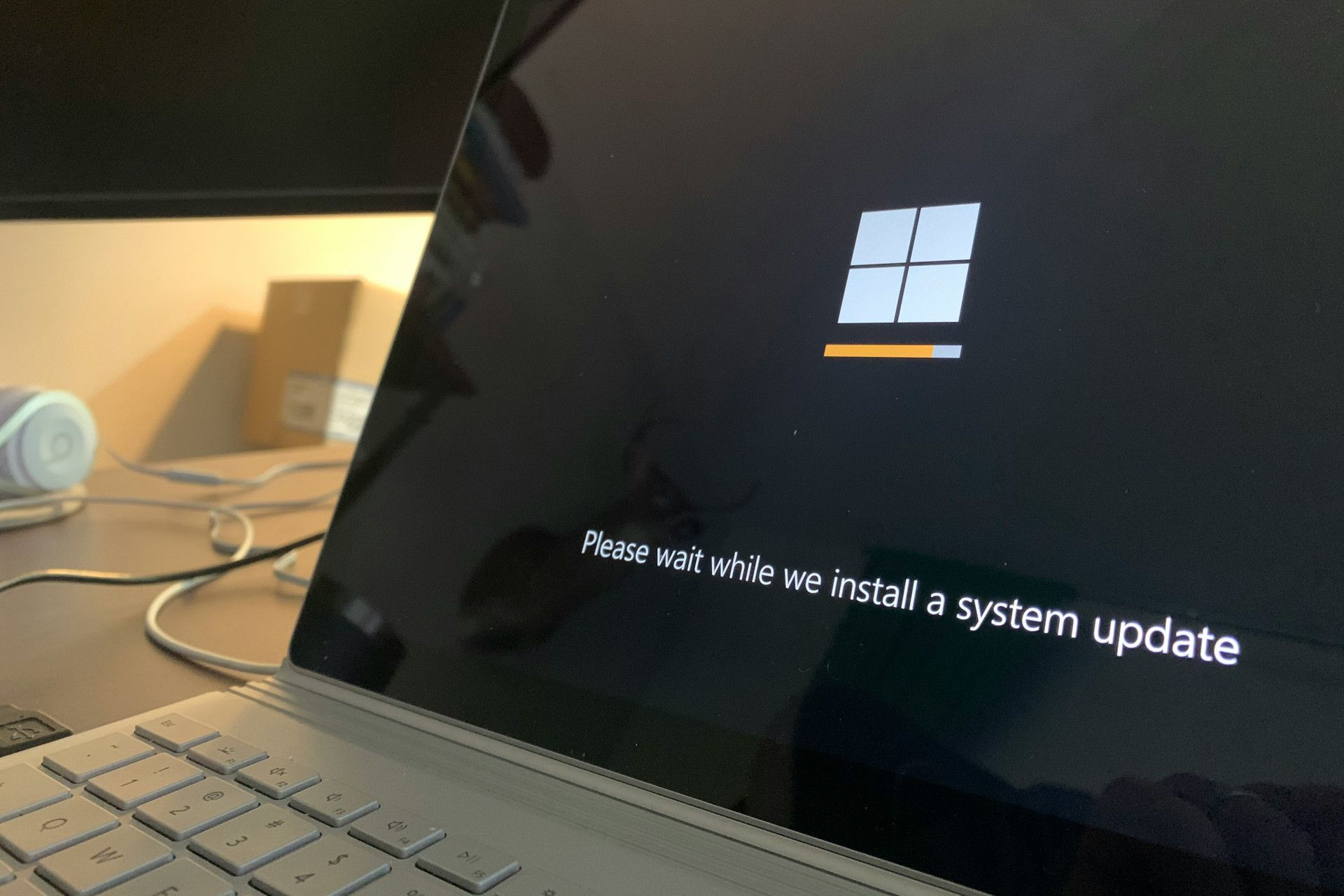
Migration to Linux
Many organizations are tied to their existing IT environment. Windows or macOS is often used by default, while employees have been complaining for years about sluggish performance, expensive licenses, and forced updates. Switching to Linux may seem daunting, but that’s exactly where the biggest advantages lie: more freedom, lower costs, and a more stable work environment.
A migration to Linux doesn’t have to be a leap of faith. With the right approach and guidance, the transition can be smooth, secure, and successful.
1. Why migrate to Linux?
Linux is no longer a system just for tech enthusiasts. Today, it’s used by millions of companies and government agencies around the world — and for good reason:
- Cost savings: no expensive licenses for operating systems or office software. Plus, Linux demands fewer system resources and runs well on older hardware.
- Stability: less chance of crashes or performance issues.
- Security: Linux is inherently more resistant to viruses and malware.
- Flexibility: easily tailored to your organization’s needs.
For many companies, these are more than enough reasons to seriously consider Linux as a desktop solution.
2. What does a migration look like?
Switching to Linux isn’t as simple as flipping a switch. It requires a thoughtful plan that considers your organization, employees, and existing software. A solid migration plan usually includes the following steps:
- Inventory
Which systems and applications do you currently use? Which files, printers, or network solutions are critical? - Test setup
Try Linux on a few workstations within your organization. This helps you identify what works and where adjustments are needed. - Training and preparation
Employees receive an introduction and short training so they can quickly get comfortable with Linux. - Phased rollout
Migrate a small group of users first, then expand to the rest of the organization. - Follow-up and support
During and after migration, quick support is essential to solve any issues immediately.
This approach minimizes disruption to daily operations and allows employees to continue working almost without interruption.
3. Common concerns — and the solutions
Organizations considering Linux often have the same questions. Fortunately, the answers are straightforward:
- “Will my Microsoft Office still work?”
Yes — via LibreOffice or online through Microsoft 365. For most users, very little changes. - “Can I keep using Teams or Zoom?”
Absolutely. Both work well on Linux, as do other communication platforms. - “What about specific business applications?”
Often, Linux versions or alternatives exist. If not, solutions such as virtualization or remote desktop can be used. - “Won’t my employees find it too difficult?”
With proper preparation and guidance, most people hardly notice the difference after a few days.
The key is having an experienced partner who understands migrations and eliminates obstacles in advance.
Switching to Linux is easier than you think
Migrating to Linux isn’t just a technical project — it’s a strategic choice for the future of your organization. It delivers cost savings, greater stability, and improved security.
With a well-thought-out plan, a pilot setup, and professional guidance, the transition can be smooth and low-risk.


